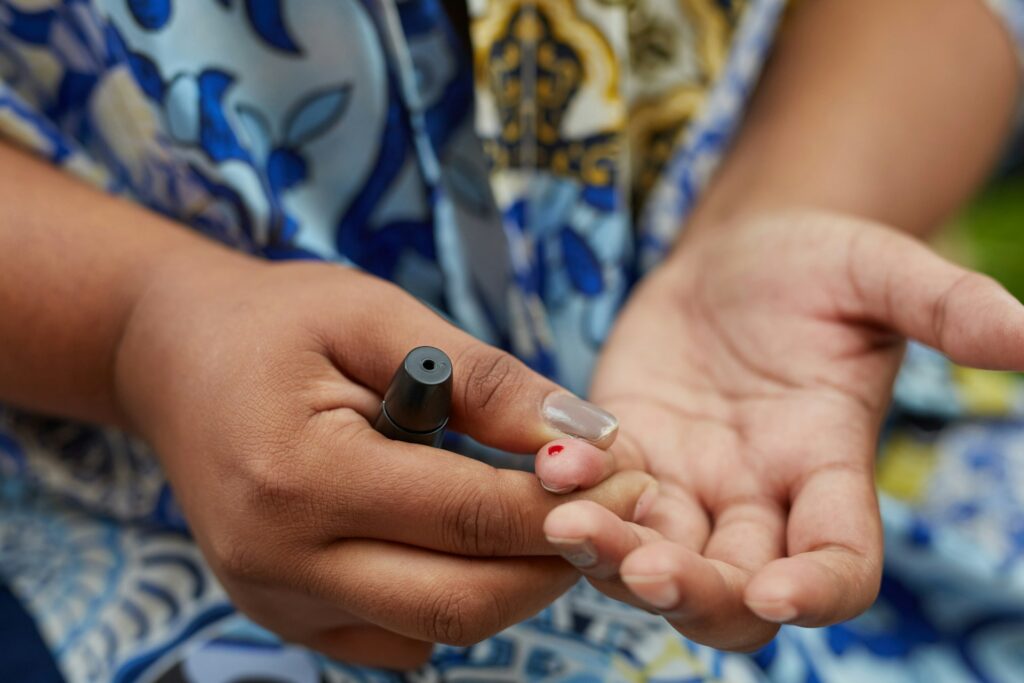How To Test For Diabetes At Home: Types & Options
Diabetes is a chronic condition that affects millions of people worldwide. Timely diagnosis and monitoring are crucial to managing diabetes effectively. If you suspect you might have diabetes or need to monitor your blood sugar levels regularly, testing at home can be a convenient and proactive approach. In this guide, we’ll walk you through various types of tests and options available to test for diabetes at home.
Glucose Monitoring Devices
Glucose monitoring devices, also known as blood glucose meters, are widely used by individuals with diabetes to measure their blood sugar levels. These devices require a small blood sample, typically obtained by pricking the fingertip with a lancet and placing the blood on a test strip. The strip is then inserted into the meter, which displays the blood sugar reading.
How to Use
- Wash your hands with warm water to improve blood flow.
- Insert a test strip into the glucose meter.
- Use a lancet to prick the side of your fingertip.
- Gently squeeze to get a small drop of blood and place it on the test strip.
- The meter will display your blood sugar level.
The truth is that many people find pricking the finger tips very painful and this prevents them from monitoring their blood sugar as often as they should. That is when the next option below should be considered.
Continuous Glucose Monitoring (CGM) Systems
CGM systems provide real-time glucose readings throughout the day. A small sensor is inserted under the skin, usually on the abdomen, and it measures glucose levels in the interstitial fluid. The data is sent wirelessly to a receiver or a smartphone, allowing you to track fluctuations and trends.
How to Use
- Clean the sensor insertion site with an alcohol swab and let it dry.
- Insert the sensor using the provided applicator.
- Connect the sensor to the receiver or smartphone app.
- Calibrate the CGM system according to the manufacturer’s instructions.
- Check your glucose levels on the receiver or app regularly.
A1C Testing Kits
The A1C test measures your average blood sugar level over the past two to three months. A higher A1C level indicates poor blood sugar control. A1C testing kits for home use provide a convenient way to monitor your long-term glucose control.
How to Use
- Collect a small blood sample using the lancet provided.
- Apply the blood to the designated area on the A1C test kit.
- Follow the kit’s instructions to develop the result.
- The kit will display your A1C percentage, which represents your average blood sugar level.
Testing for diabetes at home offers convenience and regular insights into your blood sugar levels. Depending on your needs and preferences, you can choose from glucose monitoring devices, continuous glucose monitoring systems, urine test strips, and A1C testing kits. Remember, early detection and proper management are crucial for maintaining good health while living with diabetes.
Take charge of your health by exploring these at-home testing options. Make sure you record these measurements and share them with your doctor. We offer a platform to allow you record your blood sugar. Find out what the measurements you got means and summarize it weekly and monthly to allow you share it with your doctor. This makes it easier for you to play an active role in your management, make changes in your lifestyle to reduce your blood sugar and give valuable insights to your doctor to make decisions.



